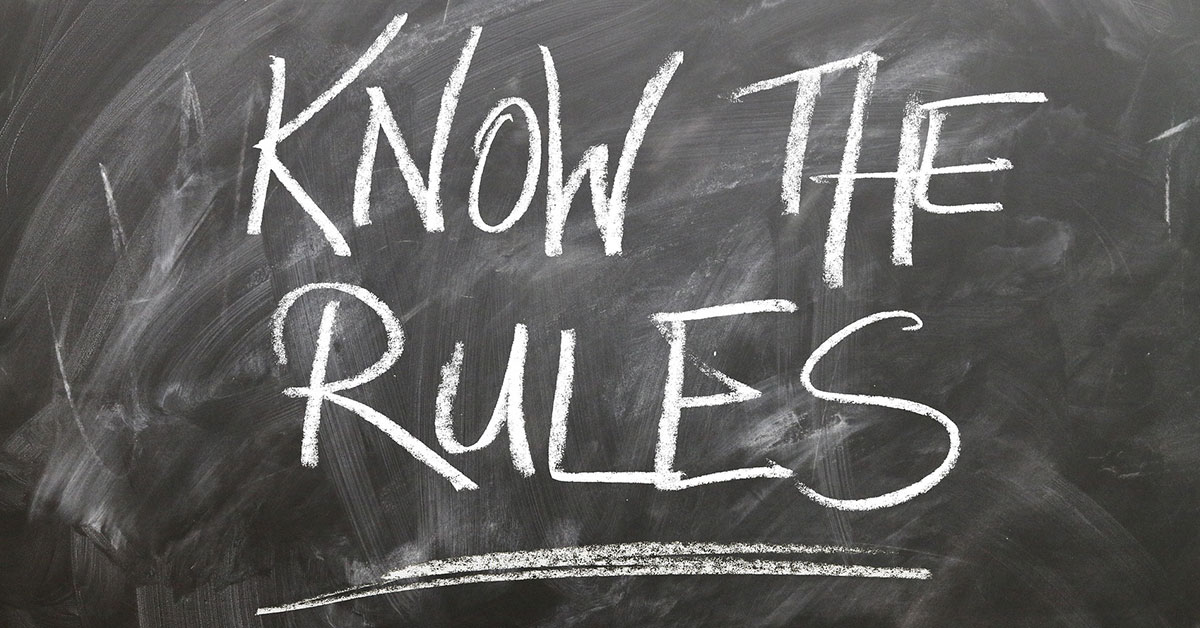You WILL lose sales if you break them
All businesses have, or should have set objectives – the specific steps you and your company need to take in order to reach your goals.
Interestingly, if you ask a lot of business owners to list their objectives, compelling copywriting isn’t one of them. ‘It gets overlooked because there are always other more pressing issues’, is a common response.
But what issue is more pressing than getting pre-qualified ideal clients beating a path to your door? Here are the seven rules to follow to make that happen!
The Seven Rules
1. Be specific
In every piece of copy you write, you need to target a specific audience, promote a specific subject and have a specific goal.
This leads to more engagement with your readers, to the point where they can actually visualise the message you’re sending – and then they are ready to respond in a positive way.
2. WIIFM
WIIFM = ‘What’s in it for me?’ You need to show that you have a valid value proposition – why what you’re saying matters.
Consumers have filters due to the constant bombardment of messages they receive, and if your copywriting doesn’t show that what you’re offering is worth their time and money, you won’t get through.
3. Benefits over features
A lot of writers fall into the trap of thinking that the more they praise the product or service by explaining how great the features are, the more convincing their writing will be. WRONG.
You need to concentrate on WHY the reader should buy – what benefits they’ll receive by buying from you.
4. Overcome objections
Whenever a consumer thinks about buying something, there’ll always be objections that come to mind that can stop the purchase from happening.
Great copywriting is not just about getting a customer to say ‘yes’ – it’s also about stopping them saying ‘no’. Dispel doubts, show value, provide reassurance and demonstrate how the readers’ lives will be better if they buy.
5. Connect emotionally
Marketers will tell you that when people purchase, the decision is invariably an emotional one, rather than a logical one.
The best way to connect emotionally in a meaningful, ongoing way is to build a relationship with your audience – by validating their beliefs and values. Then, when they feel that they know you, they trust you and buy from you.
6. Call to action
A call to action is simply an ‘ask’ of your readers. The question is how to ask effectively? The simple answer is – make it compelling.
You can do this in many ways: make it memorable, offer an incentive and create urgency. But be careful about over-kill – you don’t want your audience to put you in the ‘too outlandish’ basket.
7. Incredible headlines
Finally, here is an interesting statistic for you. 80 people out of 100 will read a copy headline but only 20 people will read the rest – the 80/20 rule.
This why it’s so important to create a headline that truly resonates – this will have a large impact on the overall effectiveness of the writing piece.
If you’d like to read more about compelling copywriting, look out for more blogs in this series. Or if you’d like to share your thoughts, contact me at [email protected].
